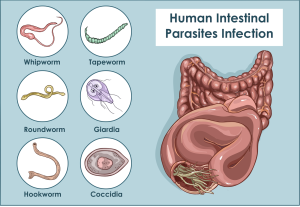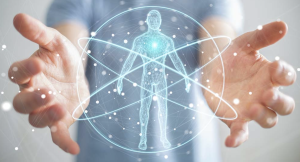Blog 6. Alternative Approach to Allergy Therapy Utilizing Bioresonance.
The intricate origins of allergies remain enigmatic despite years of dedicated research. It is broadly acknowledged that allergic reactions are provoked by allergens and environmental variables, triggering complex immune responses that lead to allergic symptoms. However, the current treatments targeting these causal pathways are often cumbersome and yield results that fall short of optimal expectations. As a result, a growing number of allergy sufferers are seeking alternative treatments, ushering in a demand for more effective therapeutic options. Among these alternatives, bioresonance therapy has garnered attention for its successful track record spanning over three decades. Presented below is a succinct overview of the rationale behind this unique therapeutic approach.
Every living organism generates intricate electromagnetic fields as an inherent part of their existence. The natural frequency spectra of the body encompass a wide range, spanning from 0.1 Hz to 1013 Hz. Quantum physics posits that all material substances also possess corresponding electromagnetic fields.
Compelling evidence suggests ongoing intricate interactions between the body’s electromagnetic fields and its physiological processes. These interactions appear to significantly influence the body’s regulatory mechanisms, as established by mounting research. Notably, interactions also occur between physiological processes within the body and external electromagnetic radiation stemming from various sources, such as environmental toxins, allergens, bacteria, viruses, and medications. This radiation exerts an impact on the body.
Noteworthy alterations in electromagnetic frequency patterns correspond with pathological processes and disorders in both humans and animals. These changes in electrical and electromagnetic potential can be detected on the skin’s surface, facilitating diagnostic applications (e.g., ECG, EEG, EGG, EMG, Squid). In the context of the International Breast Cancer Intervention Study (IBIS), these potential changes were harnessed effectively for cancer diagnosis.
The role of bioelectrical and bioelectromagnetic oscillations in governing biological processes is increasingly explored through scientific inquiry, primarily within biophysical research centers. Astonishingly, these phenomena are largely overlooked in conventional medical practice, defying easy comprehension.
Professor Photios Anninos’ research team at Democritus University in Alexandroupolis has conducted numerous studies illustrating that pathologically altered electromagnetic frequency patterns can be harnessed for therapeutic purposes. Their pioneering treatment of epilepsy patients, which entails capturing and reinstating the body’s natural frequency patterns, garnered worldwide attention.
The mechanism underlying the efficacy of using the body’s natural frequency patterns for therapeutic intervention remains a scientific enigma. Nonetheless, the therapeutic benefits of this approach have achieved an irrefutable status.
A plethora of observational studies, varying in their evidentiary strength, collectively involving around 3000 patients, along with myriad case studies conducted by over 10,000 BICOM® therapists globally, constitute compelling evidence for the efficacy of BICOM® bioresonance therapy in allergy treatment. Notably, the impressive recovery rates observed, particularly in cases refractory to other treatments (e.g., neurodermatitis, asthma), offer hope that a significant segment of the affected population could be successfully treated using this method.
Remember to subscribe to the channel! t.me/pnlclinic






